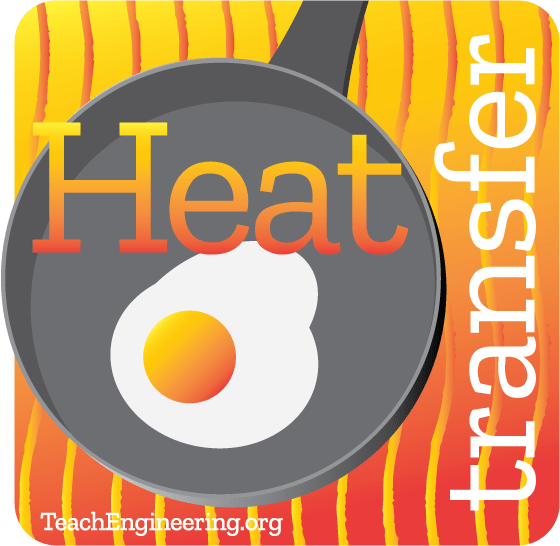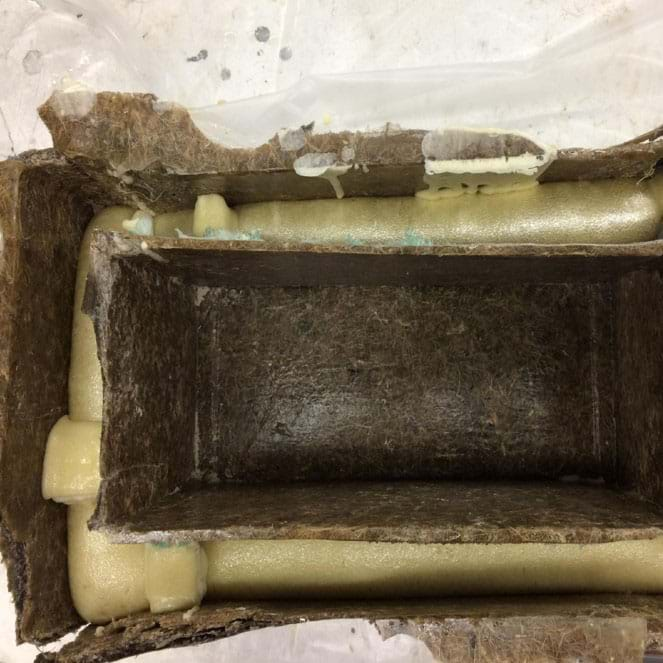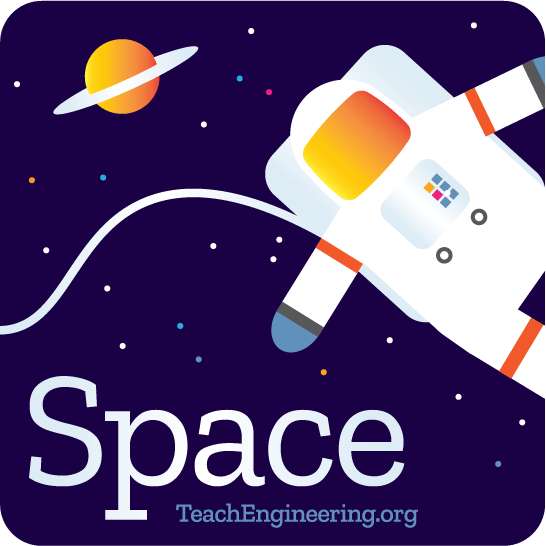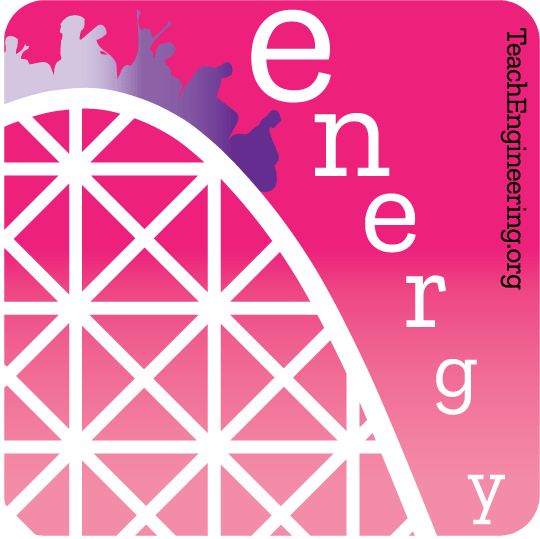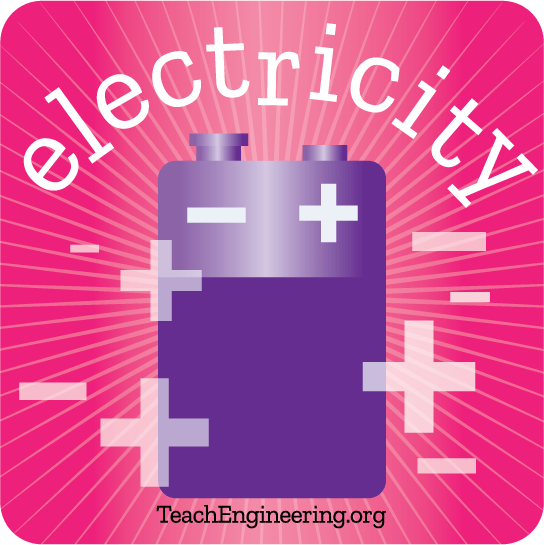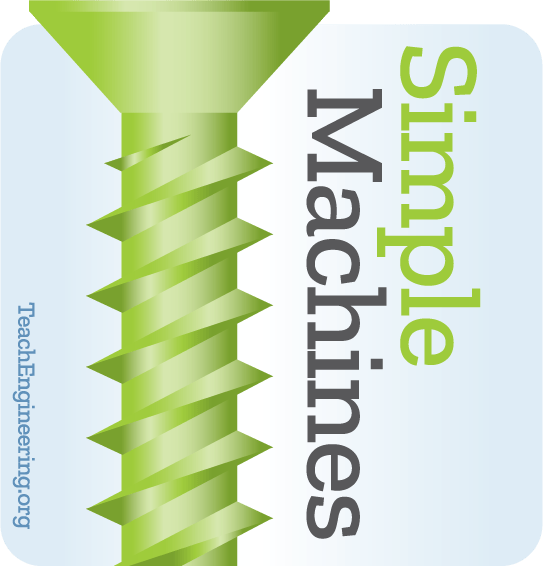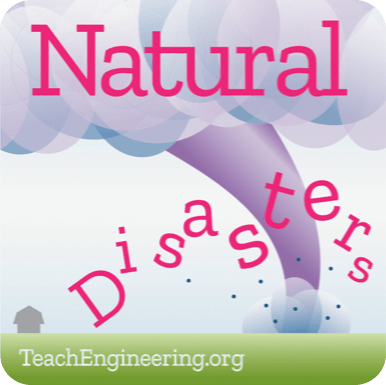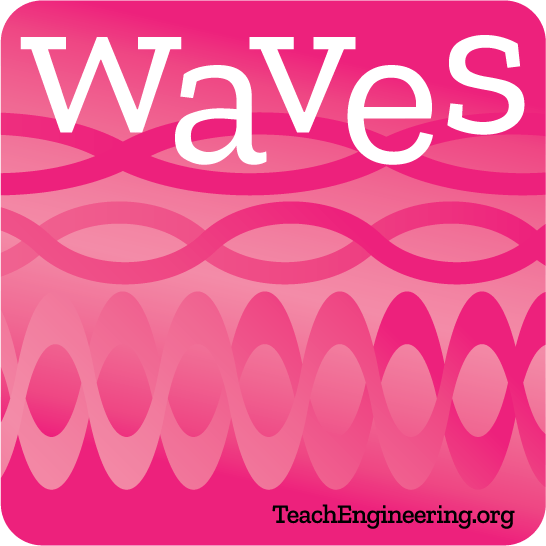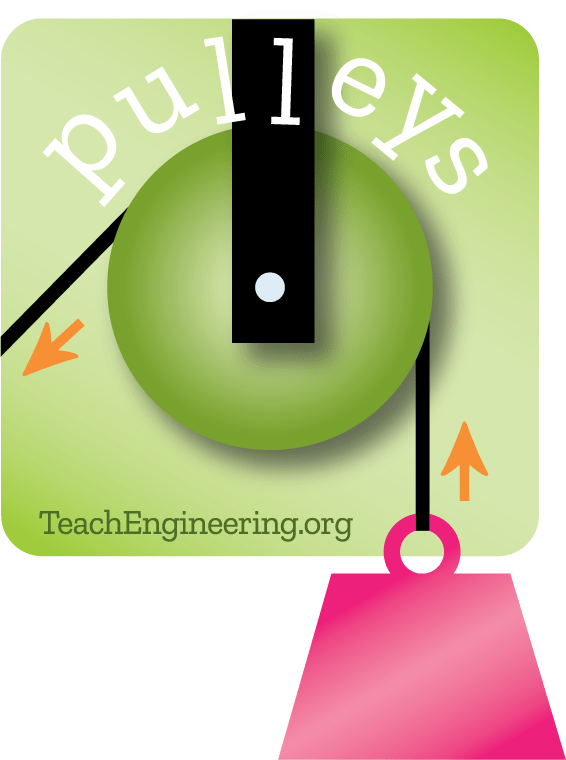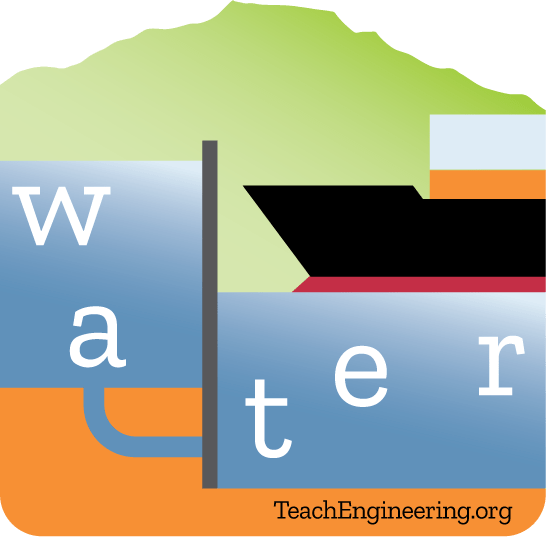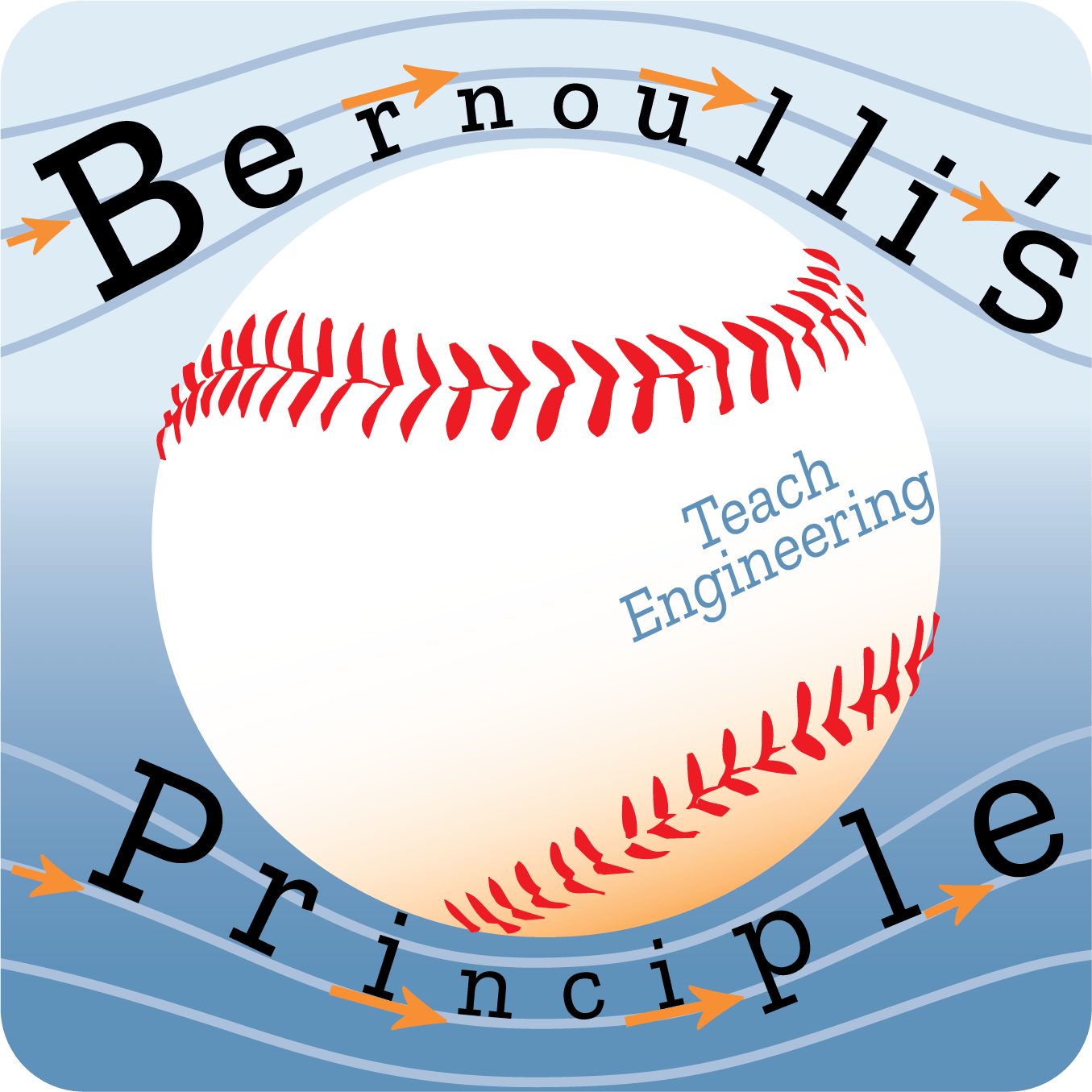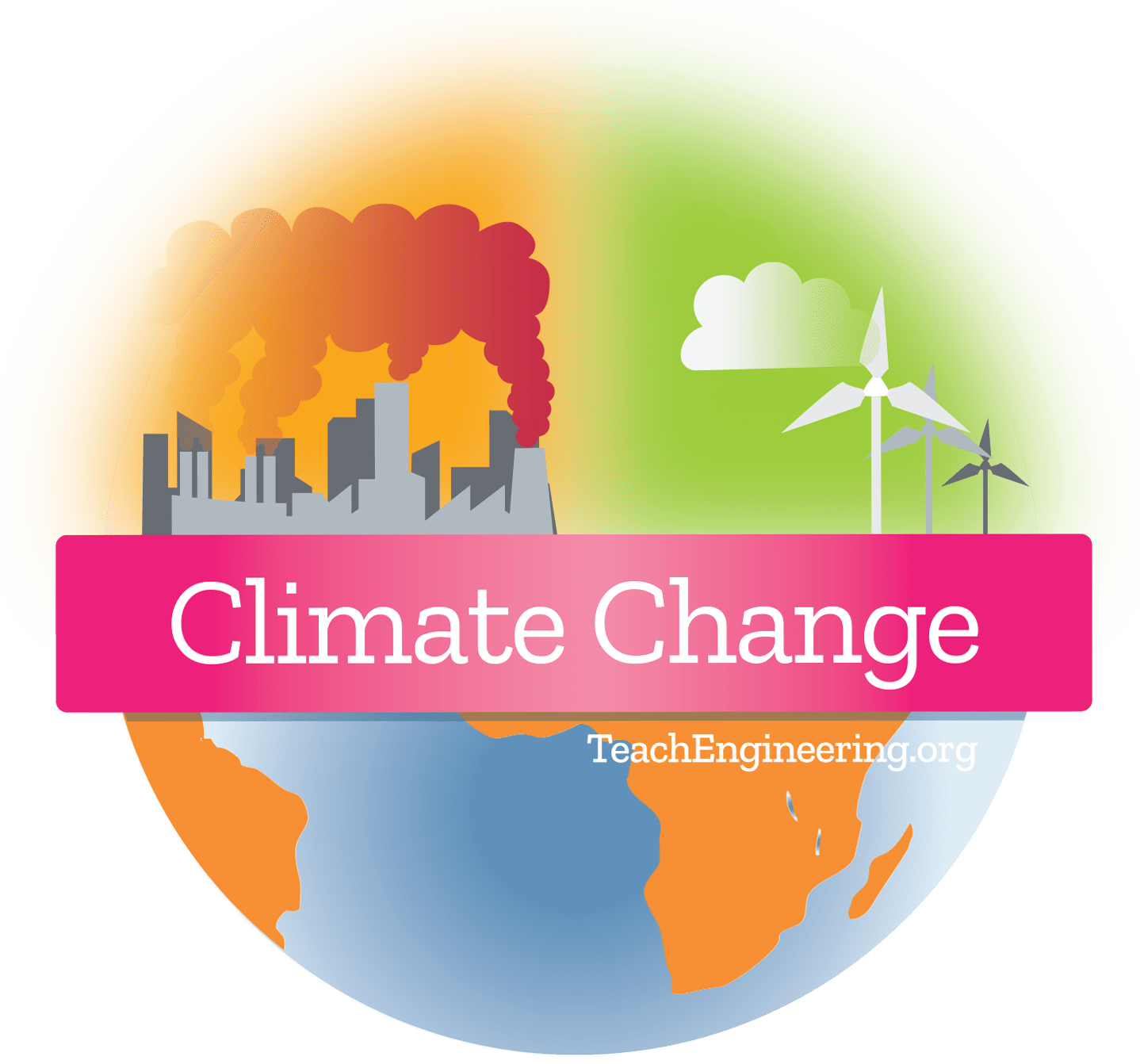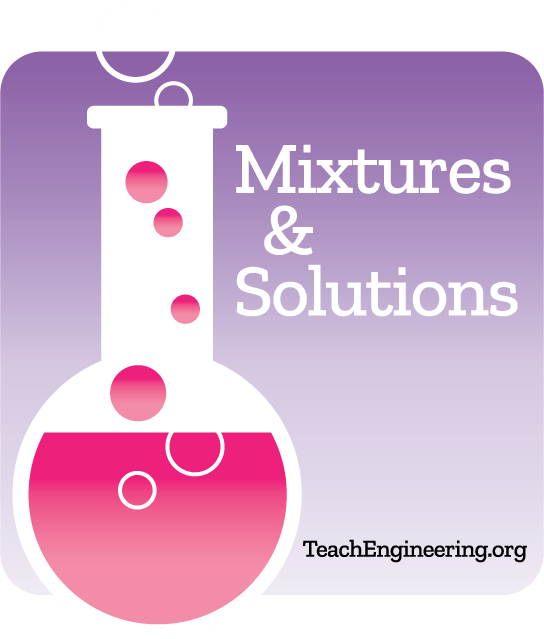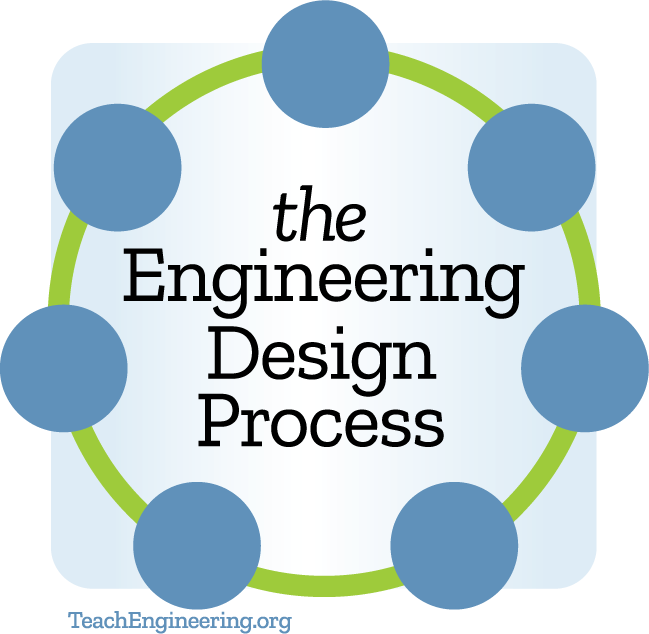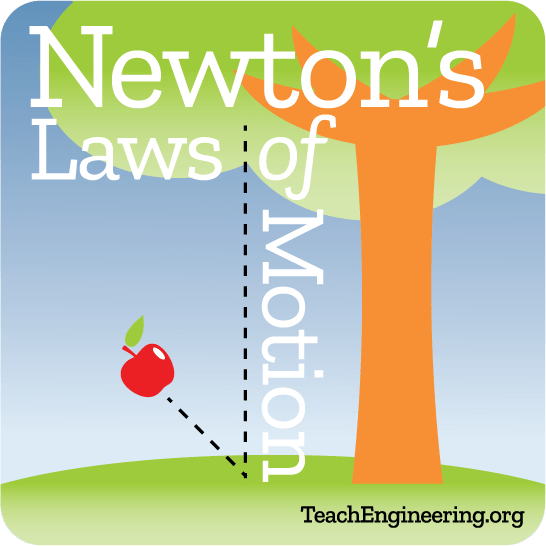Heat Transfer
Energy transfer, and specifically the transfer of thermal energy, is a fundamental area of study for all engineers. Engineers use their knowledge of heat transfer to design vehicles to help astronauts get to space, improve the energy efficiency of our electronics and much more!
Each of us encounters heat transfer in every aspect of our lives, from how our body regulates its temperature when we get too hot, to the heat we feel from our laptops, to trying to keep our hot chocolate warm.
There are three modes of heat transfer:
- Conduction - the transfer of heat between objects in direct contact.
- Convection - when heat is transferred through the movement of molecules in a medium such as liquids or gas.
- Radiation - the process of heat transfer through rays, waves or particles.
Engineers work with their knowledge of heat transfer to help buildings be more efficient/sustainable and use less resources for heating and cooling. They also optimize the use or dissipation of heat in products like cell phones, heavy machinery, cars and more.
Engineers use their extensive understanding of mechanical, chemical and biological systems when factoring heat transfer into their products. For instance, the design of internal combustion engines, air conditioning and heating systems, chemical and biological reactors and even clothing technology, requires an understanding of heat transfer. Engineers also design and test insulating materials for homes, buildings and even beverage containers, applying their understanding of heat transfer.


Heat Transfer Curricula

Heat up your K-12 students’ interest and sensemaking abilities in the phenomena of heat transfer with the resources featured here by grade band!
Grades K-2
- Coming Soon!
Grades 3-5
- Our Sun and Heat Transfer Basics: Heat It Up! Our Sun and Heat Transfer Basics: Heat It Up!

Instructions for a teacher demo using water, heat and food coloring to show students see how convection moves the Sun's energy from its core outwards. Students learn about the three different modes of heat transfer (convection, conduction, radiation) and how they are related to the Sun and life on E...
- Stop Heat from Escaping: Testing Insulation MaterialsStop Heat from Escaping: Testing Insulation Materials

Student groups conduct a scientific experiment to help an engineering team determine which type of insulation conserves the most energy—a comparison of newspaper, wool, aluminum foil and thin plastic. They learn about different kinds of insulation materials and that insulation prevents the transfer ...
- Biohazard Protection Design Project: Suit Up!Biohazard Protection Design Project: Suit Up!

Students learn about providing healthcare in a global setting and the importance of wearing protective equipment when treating patients with infectious diseases like Ebola. They learn about biohazard suits, heat transfer through conduction and convection and the engineering design cycle. Student tea...
- Solar PowerSolar Power

Students learn how engineers use solar energy to heat buildings by investigating the thermal storage properties of some common materials: sand, salt, water and shredded paper. Students then evaluate the usefulness of each material as a thermal storage material to be used as the thermal mass in a pas...
- Let the Sun Shine!Let the Sun Shine!

Students learn how the sun can be used for energy. They learn about passive solar heating, lighting and cooking, and active solar engineering technologies (such as photovoltaic arrays and concentrating mirrors) that generate electricity.
- See More
Grades 6-8
- What Is Heat?What Is Heat?

Students learn about the definition of heat as a form of energy and how it exists in everyday life. They learn about the three types of heat transfer—conduction, convection and radiation—as well as the connection between heat and insulation.
- Energy Transfer in Musical InstrumentsEnergy Transfer in Musical Instruments

This lesson covers concepts of energy and energy transfer, with a focus on energy transfer in musical instruments. More specifically, students learn the two different ways in which energy can be transferred between a system and its environment.
- Cool Puppy! A Doghouse Design ProjectCool Puppy! A Doghouse Design Project

Students design and build small doghouses to shelter a (toy) puppy from the heat—and create them within constraints. They apply what they know about light energy and how it travels through various materials, as well as how a material’s color affects its light absorption and reflection. They test the...
- Keep It Hot!Keep It Hot!

Student teams design insulated beverage bottles with the challenge to test them to determine which materials (and material thicknesses) work best at insulating hot water to keep it warm for as long as possible. Students test and compare their designs in still air and under a stream of moving air fro...
- Heat Transfer Lab and Weather Model: Let’s Get Breezy!Heat Transfer Lab and Weather Model: Let’s Get Breezy!

With the assistance of a few teacher demonstrations (online animation, using a radiometer and rubbing hands), students review the concept of heat transfer through convection, conduction and radiation. Then they apply an understanding of these ideas as they use wireless temperature probes to investig...
- See More
Grades 9-12
- Heat Transfer: From Hot to NotHeat Transfer: From Hot to Not

Students learn the fundamental concepts of heat transfer and heat of reaction. This includes concepts such as physical chemistry, an equation for heat transfer, and a basic understanding of energy and heat transfer.
- Heat Transfer: No Magic About ItHeat Transfer: No Magic About It

Students learn the scientific concepts of temperature, heat and the transfer of heat through conduction, convection and radiation, which are illustrated by comparison to magical spells found in the Harry Potter books.
- To Heat or Not to Heat?To Heat or Not to Heat?

Students are introduced to various types of energy with a focus on thermal energy and types of heat transfer as they are challenged to design a better travel thermos that is cost efficient, aesthetically pleasing and meets the design objective of keeping liquids hot.
- Solar Water: Heat it Up!Solar Water: Heat it Up!

Students explore energy efficiency, focusing on renewable energy, by designing and building flat-plate solar water heaters. They calculate the efficiency of the solar water heaters during initial and final tests and compare the efficiencies to those of models currently sold on the market (requiring ...
- Heat Flow and Diagrams LabHeat Flow and Diagrams Lab

Student pairs design, redesign and perform simple experiments to test the differences in thermal conductivity (heat flow) through different media (foil and thin steel). Then students create visual diagrams of their findings that can be understood by anyone with little background on the subject, appl...
- See More



